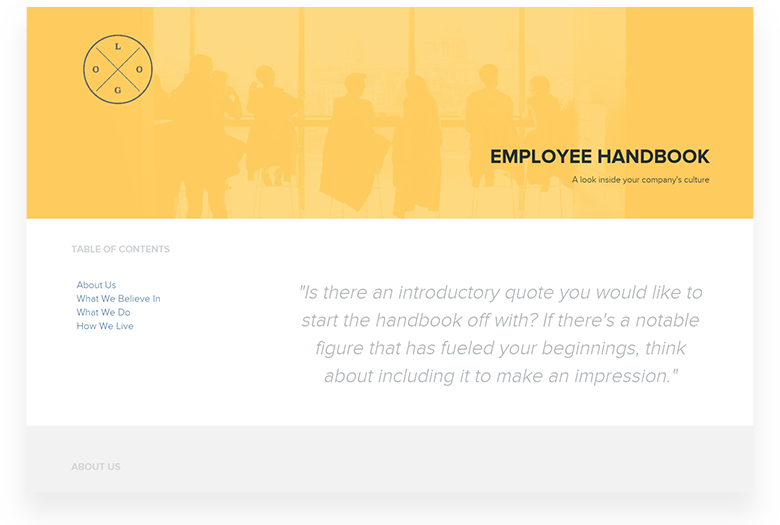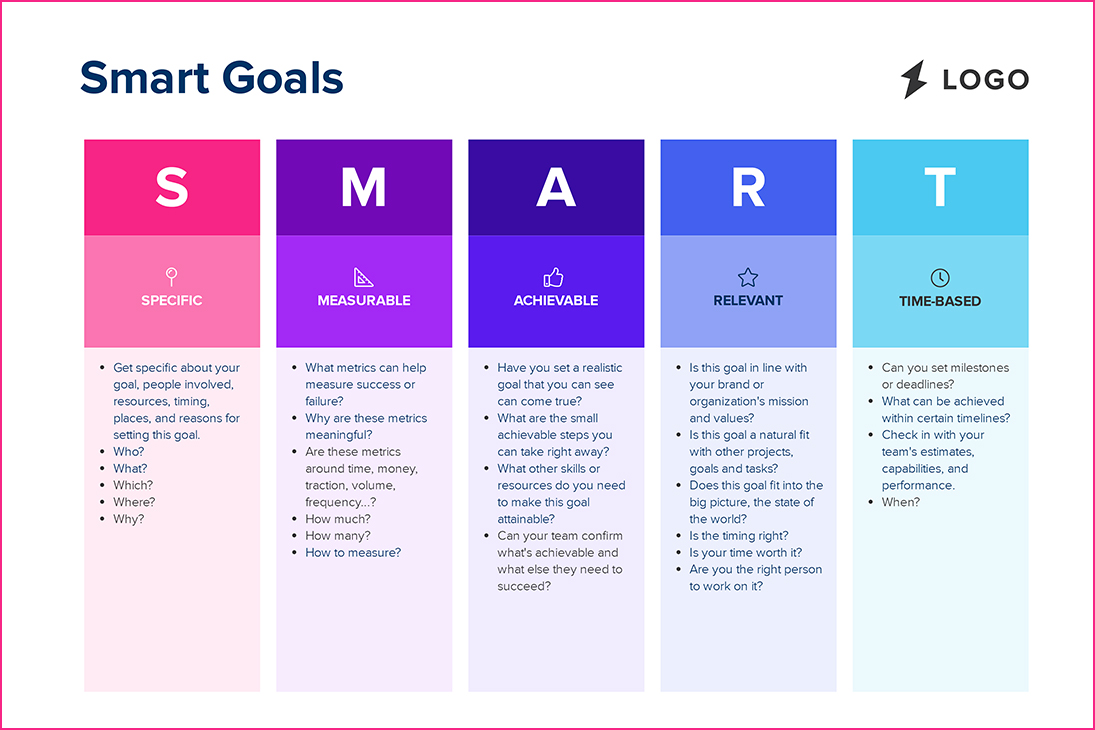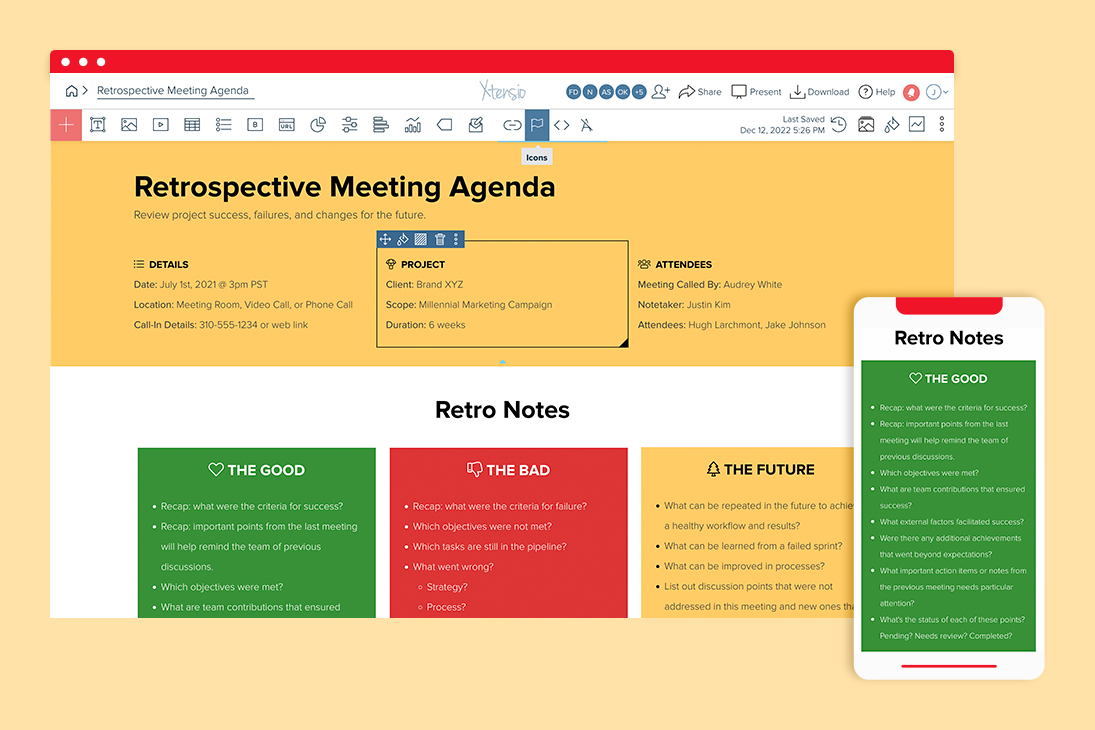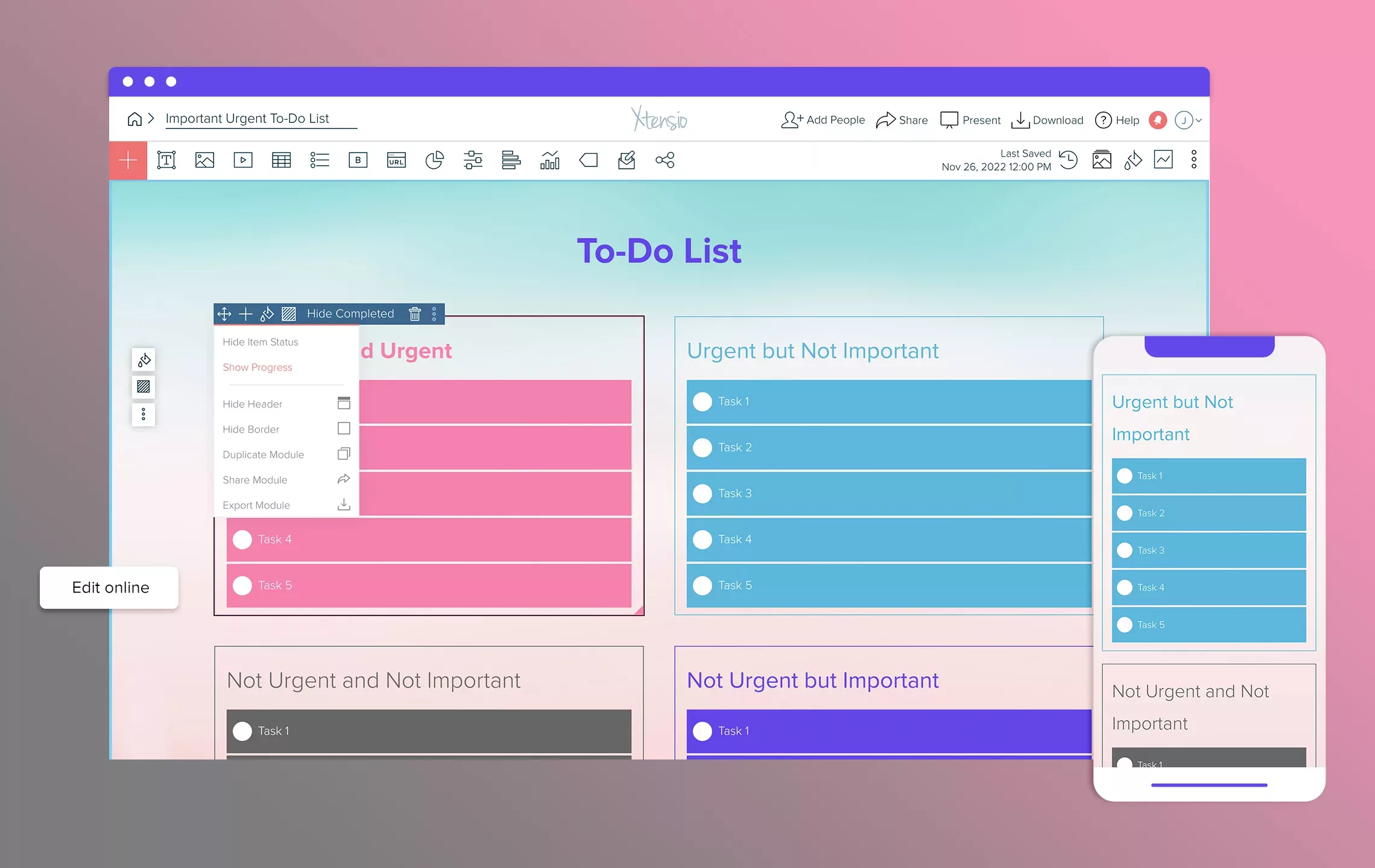8 Steps To A Perfect Employee Onboarding Process In 2023
In 2023, the onboarding process has become a crucial aspect of any organization’s success. A great onboarding process not only helps new employees feel welcome and valued but also sets them up for success within the company. In this article, we’ll go through the steps to create the perfect employee onboarding process in 2023.
By Kelly Barcelos at Jobsoid.


Let’s see the steps to create the perfect employee onboarding process in 2023.
What is Onboarding?
Onboarding is introducing and integrating new employees or hiring freelancers for a specific project into an organization or team. It involves familiarising them with the company culture, policies, and procedures, as well as their job responsibilities, objectives, and expectations.
Step 1: Prepare for onboarding before the new employee’s start date
The onboarding process should start before the new employee’s first day at work. This means ensuring that the necessary paperwork is completed, the new employee’s workstation is set up, and their login details for any relevant software are prepared. This will help the new employee feel prepared and welcomed, and it will also ensure that they can start working as soon as possible without being held back by administrative issues.

Step 2: Welcome the new employee on their first day
On the first day, it’s important to make the new employee feel welcome. This means having someone greet them when they arrive, showing them around the office, and introducing them to their colleagues through an online meeting. A welcome kit or package can also be provided, including any company swag or useful information, like a company handbook or FAQ sheet. This will help the new employee feel valued and part of the team from the start.
Step 3: Provide an orientation session
A thorough orientation session is a crucial part of any onboarding process. This should include an introduction to the company’s culture, mission, and values, as well as an overview of the employee’s role and responsibilities. The employee should also be given a clear understanding of how their work fits into the bigger picture of the organization. This will help them feel engaged and motivated to contribute to the company’s success.
Step 4: Set clear goals and expectations
To ensure that the new employee is set up for success, it’s important to set clear goals and expectations. This includes discussing performance metrics and deadlines, as well as outlining any training or development opportunities that may be available. The employee should also be given a clear understanding of what success looks like in their role and how their progress will be tracked. This will help them feel motivated and focused on achieving their goals.
Step 5: Provide ongoing support and training
Ongoing support and training are critical to the success of any employee. This includes providing access to resources and tools that can help them perform their job more effectively, as well as offering opportunities for professional development. Regular check-ins and feedback sessions should also be scheduled to ensure that the employee is on track and has the support they need to succeed.

Step 6: Foster a culture of collaboration
Collaboration is key to any successful organization. To foster a culture of collaboration, it’s important to encourage teamwork and open communication. This can be done through team-building activities, regular meetings, and social events. Creating a sense of community and shared purpose will help employees feel more connected to the organization and each other, which in turn will improve morale and productivity.
Step 7: Provide opportunities for feedback
Providing opportunities for feedback is essential to the ongoing success of any onboarding process. This includes soliciting feedback from new employees about their experience, as well as providing them with a forum to offer feedback about the organization and their role. This feedback can be used to continuously improve the onboarding process and ensure that new employees are set up for success.
Step 8: Evaluate the onboarding process regularly
Finally, it’s important to evaluate the onboarding process regularly to ensure that it remains effective and relevant. This includes analyzing metrics like employee retention, job performance, and engagement levels to identify areas for improvement. Feedback from new employees should also be taken into account, and the process should be adjusted accordingly to ensure that it continues to meet the needs of the organization and its employees.
Author BioKelly Barcelos is a progressive digital marketing manager specializing in HR and is responsible for leading Jobsoid’s content and social media team. When Kelly is not building campaigns, she is busy creating content and preparing PR topics. She started with Jobsoid as a social media strategist and eventually took over the entire digital marketing team with her innovative approach and technical expertise.
———
Author Bio:
Kelly Barcelos is a progressive digital marketing manager specializing in HR and is responsible for leading Jobsoid’s content and social media team. When Kelly is not building campaigns, she is busy creating content and preparing PR topics. She started with Jobsoid as a social media strategist and eventually took over the entire digital marketing team with her innovative approach and technical expertise.














